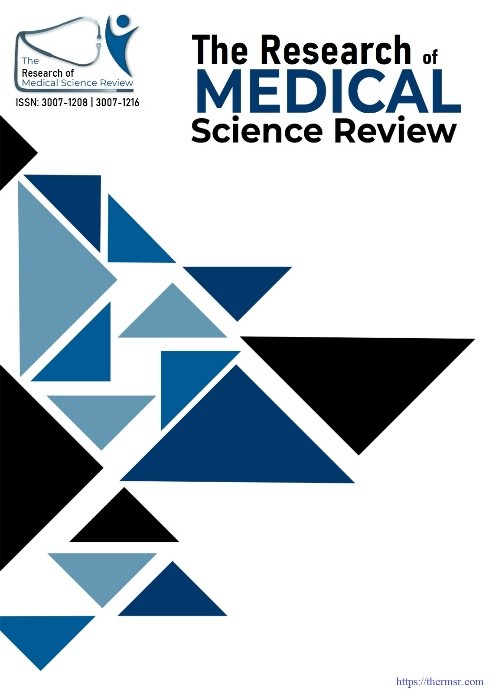THE RELATIONSHIP BETWEEN MORAL DISTRESS AND CAREER INTENTIONS AMONG FIRST-YEAR UNDERGRADUATE NURSING STUDENTS
Main Article Content
Abstract
Background: Moral distress occurs when the consciences force people to behave in a way that goes contrary to their moral judgments, which brings about emotional and professional conflict. Such stressors can affect the psychological condition of some nursing students in their early academic progress and ultimate career plans. Knowing this connection is important in devising helpful teaching plans. Aim: This study aimed to examine the relationship between moral distress and career intentions among first-year undergraduate nursing students in Rawalpindi, Pakistan. Methods: A cross-sectional quantitative design was employed. A total of 217 students in the four colleges of nursing in Rawalpindi formed the sample size to undertake the study using Raosoft calculator to determine the sample size against 500 members of the total population. The information was gathered by the application of standardized measures (a moral distress scale (0-100 range) and a career intention scale (0-60 range)). Descriptive statistics and Pearson correlation through SPSS was done. Results: They were mainly female (75.6%) with an age range between 20-21 years (47.5%). The mean measure of moral distress was 58.73 (SD = 13.45) that has shows a medium level of moral distress. The average score of career intention was 36.41 (SD = 7.88), indicating a moderate level of will to stay in the nursing career. A low negative relationship of a moderate level was established between career intentions and moral distress (r = -0.416, p < 0.001). Conclusion:The moral distress that is felt among first year nursing students has a negative influence on the intentions of pursuing the career. It is advised to mitigate moral distress and maintain professional retention with the help of the early intervention process, ethics education, and emotional support.
Downloads
Article Details
Section

This work is licensed under a Creative Commons Attribution-NonCommercial-NoDerivatives 4.0 International License.
